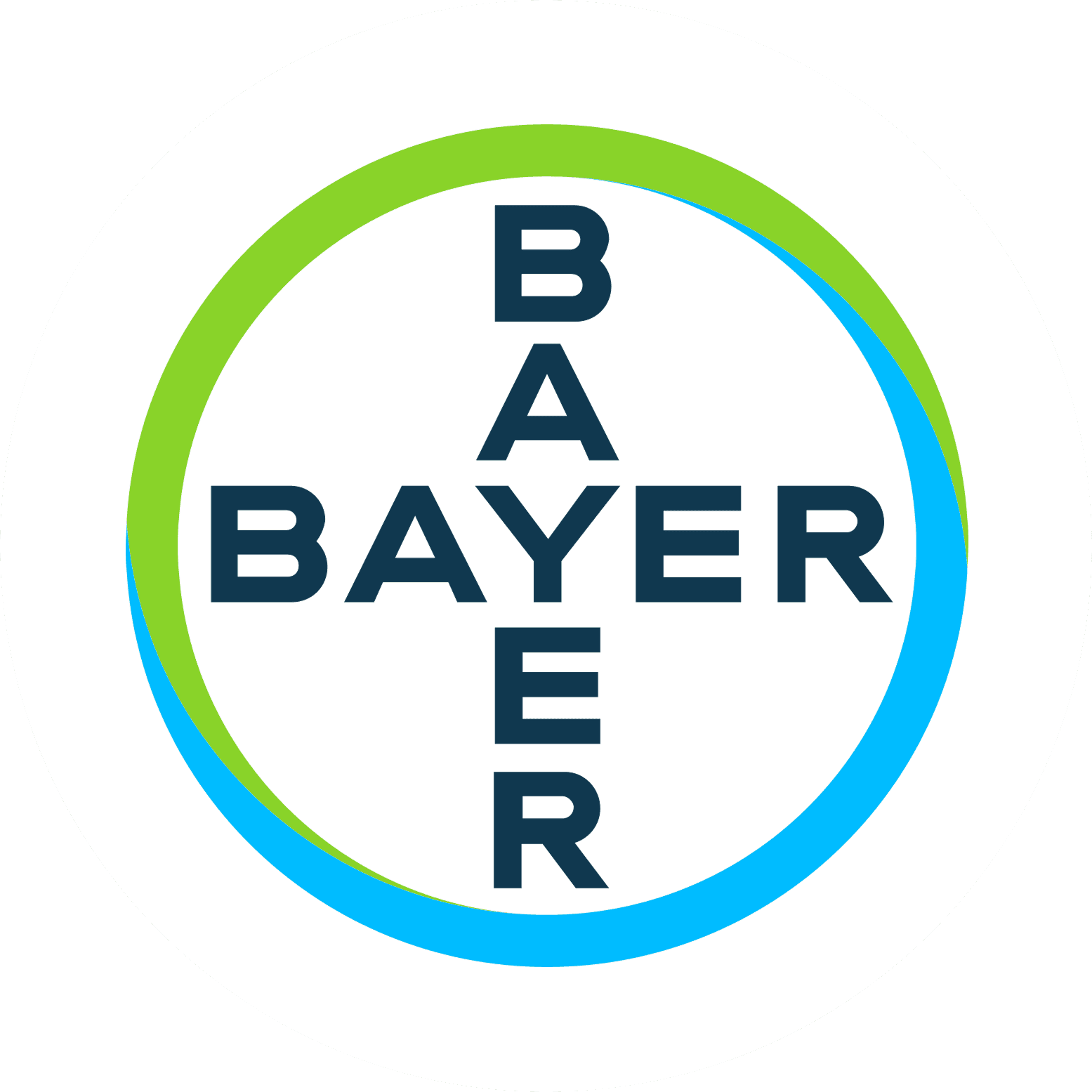Build a low-carbon manufacturing model in agrochemicals
 Zhonghui Biotechnology
Zhonghui Biotechnology Bayer
Bayer总结
Established a low-carbon manufacturing model integrating renewable energy, product carbon footprint accounting, continuous production technology, and eco-agriculture initiatives.
Context
Zhonghui Biotechnology is an agrochemical manufacturer based in Liaoning, China, producing fungicides and crop protection products for agricultural use. Operating in an energy-intensive sector, the company faces challenges in reducing its reliance on fossil fuels and improving the transparency of its greenhouse gas emissions.
In 2023, Zhonghui established emissions reduction targets for Scope 1 and 2 (42%) and Scope 3 (12%) by 2030, aiming to reach net-zero by 2050. To support these objectives, the company initiated a low-carbon transition program that includes measures such as renewable electricity procurement, procuring biomass steam, and product-level carbon footprint assessments.
Over the past two years, these actions have strengthened the company’s internal capacity for carbon management and laid the foundation for a broader sustainability approach combining green manufacturing, ecological restoration, and community initiatives.
Location: Liaoning Province, China.
Solution
To accelerate its low-carbon transition, Zhonghui Biotechnology implemented an integrated decarbonization model combining renewable energy, process innovation, and full product carbon accounting. The initiative covers the company’s entire operations and product portfolio, linking industrial transformation with ecological and social progress.
At the manufacturing level, Zhonghui introduced continuous production technology at its 8,000-ton per year Prothioconazole plant—an investment of €40 million that reduced unit energy consumption by 50%, hazardous waste by 50%, and improved automation to over 90%. This upgrade increased product quality and safety while significantly lowering operational emissions.
In parallel, the company transitioned its energy mix from full fossil dependence to 71% renewable electricity, with plans to reach 100% by 2026. Biomass steam replaced its coal-produced steam, and solar photovoltaic systems were deployed across site infrastructure to reduce Scope 2 emissions.
To enhance transparency, Zhonghui established product carbon footprints (PCFs) for 100% of its key fungicide products, covering cradle-to-gate emissions across Scopes 1–3. This data-driven approach supports both internal efficiency improvements and the decarbonization targets of downstream customers.
Beyond factory boundaries, Zhonghui created a green community program that integrates industrial sustainability with local environmental and social benefits. Initiatives include a 1.4-hectare eco-orchard for carbon sequestration and biodiversity preservation, support for rural eco-farming, and scholarship and welfare programs benefiting employees and surrounding villages. Together, these measures form a replicable model for combining low-carbon manufacturing with regional sustainability and community development.
Impact
Sustainability Impact
Climate
This initiative addresses Scope 1 emissions through process optimization, and tackles Scope 2 emissions through the use of renewable electricity and biomass steam. As of 2024, the company achieved 71% renewable electricity, corresponding to an estimated (114800 tCO₂e annual reduction). Targeting 100% renewable electricity by 2026.
Nature
Ecologically, the eco-orchard initiative enhanced carbon sequestration, preserved biodiversity, and reinforced soil conservation, boosting regional ecological security.
Social
In workplace safety, process innovations minimized hazardous waste and toxic exposure-ensuring healthier environments for employees and neighboring communities, and aligning with environmental justice principles.
Socially, integrating environmental actions with rural revitalization via agricultural waste recycling increased farmer income, boosted the local green economy, and strengthened trust among employees, government, and local communities.
Business Impact
Benefits
The initiative enhanced operational efficiency, reduced energy and waste management costs, and strengthened the company’s market reputation. By developing carbon management expertise, Zhonghui contributes to supply chain sustainability and demonstrates practical pathways for green transition in the chemical industry.
Costs
The continuous production line required an estimated €10 million in capital investment, primarily allocated to energy efficiency upgrades and automation systems. This investment is expected to deliver payback by 2030 through reduced energy and waste management costs.
Implementation
Typical business profile
Relevant for mid- to large-scale manufacturers in energy-intensive sectors such as chemicals, agrochemicals, and materials. Especially suited for companies at early decarbonization maturity seeking to combine renewable energy, process efficiency, and community-driven sustainability models.
Approach
Assess and set targets: Conducted a comprehensive carbon inventory across Scopes 1, 2, and 3 to establish a baseline and define reduction targets in line with science-based principles.
Strengthen data systems: Introduced product-level carbon footprint accounting for all key fungicides to identify emission hotspots and support decision-making on material, process, and energy improvements.
Upgrade production technology: Implemented continuous manufacturing for Prothioconazole and related products, enhancing safety, automation, and energy efficiency while reducing waste generation.
Transition to renewable energy: Replaced fossil-based electricity with 71% renewable power, integrated biomass steam into operations, and installed on-site solar photovoltaic systems to reduce Scope 2 emissions.
Engage communities and partners: Collaborated with local authorities, employees, and farmers to link industrial decarbonization with ecological restoration and rural livelihood projects.
Monitor and report progress: Measured energy use, emissions, and production efficiency annually to track improvements, verify results, and inform continuous optimization and future scaling.
Stakeholders involved
Led by plant operations and sustainability teams in coordination with finance and procurement departments. External stakeholders include renewable energy suppliers, local government, and community organizations.
